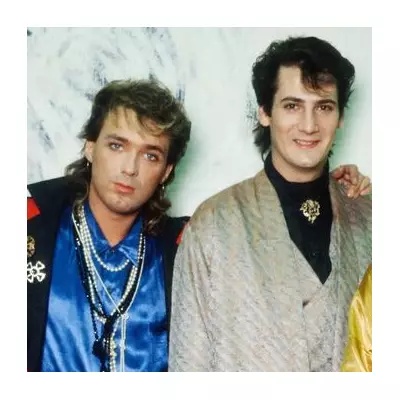
An extraordinary new exhibition has unveiled the forgotten story of how the children of the Windrush Generation were the driving force behind the creation of London's iconic Notting Hill Carnival.
The captivating display, titled 'The Children of the Carnival', reveals how what began as a humble indoor street party for Caribbean families in the 1960s evolved into Europe's largest street festival, attracting over two million attendees annually.
The Humble Beginnings
In post-war Britain, Caribbean communities faced significant racism and discrimination. In response, community leader Rhaune Laslett organised a small neighbourhood festival in 1966 to bring together the diverse residents of Notting Hill.
It was the Caribbean children who truly shaped the event's future, instinctively taking the music and dance from the indoor halls to the streets, transforming the atmosphere completely.
From Street Party to Global Phenomenon
The exhibition features remarkable archival photographs showing children joyfully participating in early carnivals, often wearing handmade costumes that reflected their Caribbean heritage. These young pioneers essentially created the blueprint for the carnival's famous parade elements.
Curators emphasise that these children were not merely participants but innovators, blending traditional Caribbean carnival traditions with their experiences growing up in London to create something entirely new and vibrant.
Preserving an Important Legacy
The exhibition serves as crucial documentation of how Caribbean culture became an integral part of British identity. It stands as a testament to the resilience and creativity of the Windrush Generation and their descendants.
Today, as Notting Hill Carnival faces contemporary challenges including funding issues and gentrification pressures, this historical perspective reminds us of the festival's deep roots in community activism and cultural expression.
The display runs until September and offers free admission, ensuring this important chapter of British cultural history remains accessible to all.





